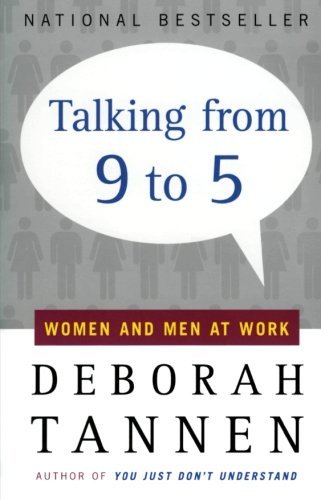What do you think?
Rate this book


368 pages, Paperback
First published January 1, 1994
Women have always be discriminated against in the workplace, be it making less than their male counterparts or called names.
This book explains why women are always made fun of at work.